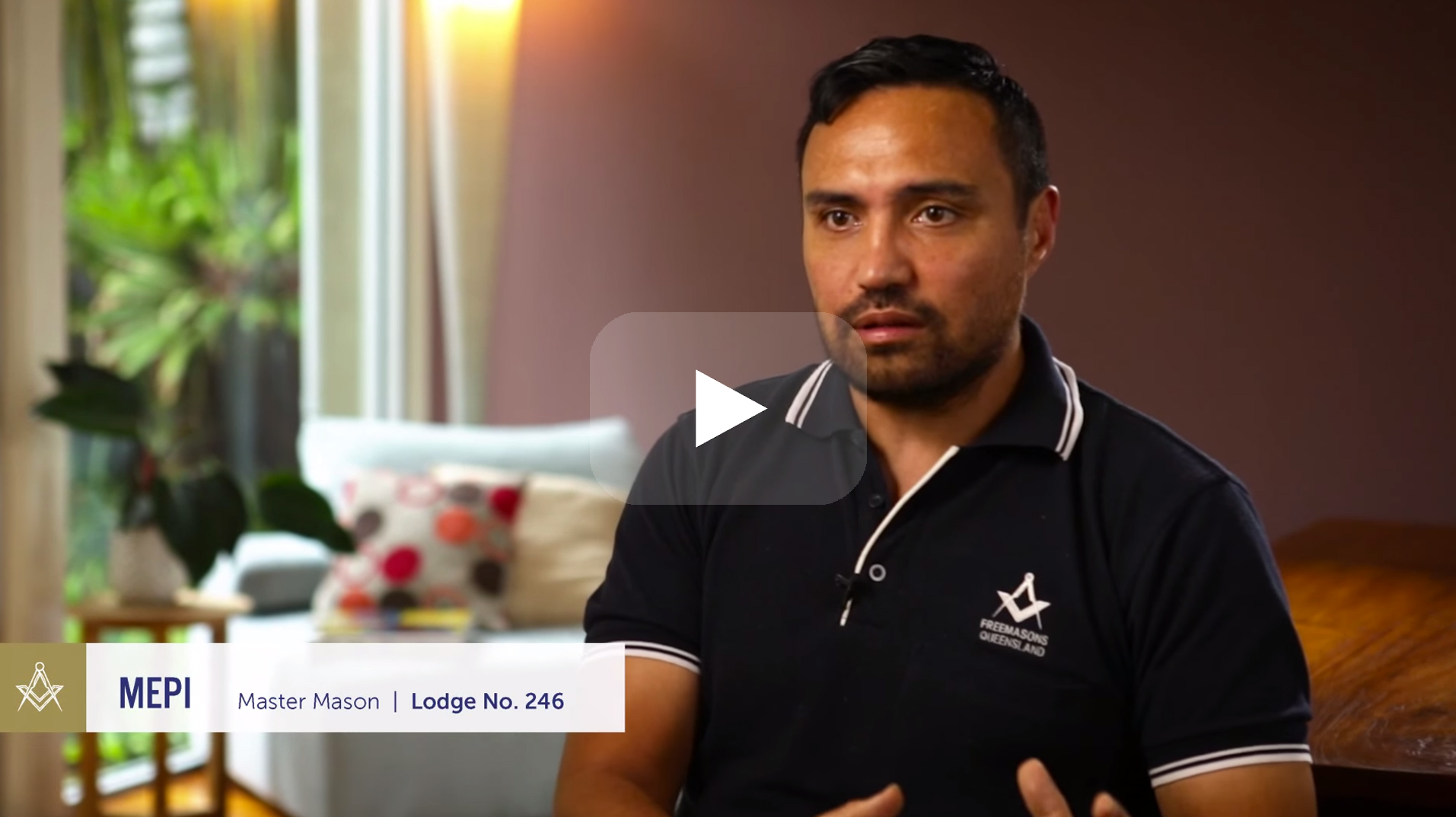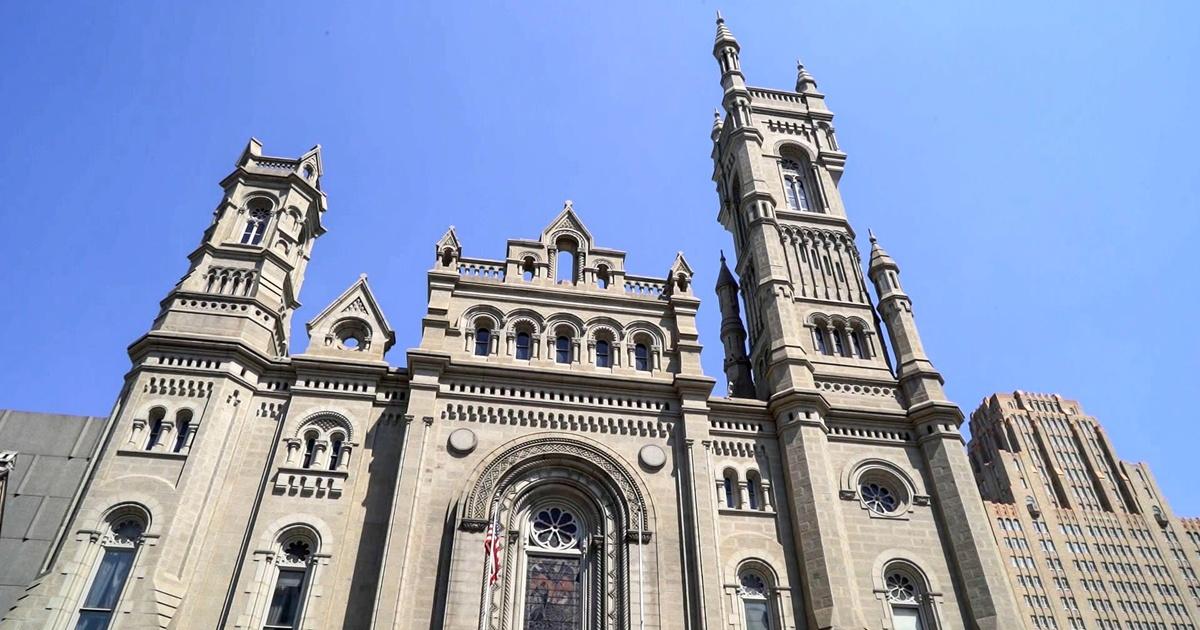Learn the Steps and Secrets to Join Freemason Anywhere
Learn the Steps and Secrets to Join Freemason Anywhere
Blog Article
Checking Out the Mysteries of the copyright: What You Required to Know
The copyright, a term usually shrouded in intrigue and conflict, represents a complicated tapestry of historical fact and contemporary misconception. Developed in the late 18th century, this secret society was originally rooted in the Knowledge's suitables but has since ended up being synonymous with conspiracy concepts about elite control. As we browse the beginnings, essential numbers, and the stark contrast in between myth and reality, one need to think about exactly how these stories influence contemporary understandings of power and secrecy. What may be disclosed through a more detailed evaluation of these aspects can challenge long-held assumptions regarding the darkness that linger in our culture.
Origins of the copyright
The beginnings of the copyright are soaked in a mix of historic intrigue and ideological fervor. Established in 1776 in Ingolstadt, Bavaria, by Adam Weishaupt, the group was at first created as a secret society focused on promoting Enlightenment suitables such as reason, secularism, and the splitting up of church and state. join freemason. Weishaupt, a teacher of canon legislation, sought to test the dominating authority of the church and state, which he considered as oppressive organizations suppressing intellectual and personal liberty
The copyright looked for to hire influential participants from different societal markets, including politics, academia, and the arts, to foster a network committed to these Enlightenment concepts. The society run under a shroud of secrecy, utilizing coded language and rituals to protect its members from oppression, specifically provided the repressive climate of the time. However, the copyright encountered substantial opposition from both governmental authorities and religious institutions, which watched the team as a danger to their power.
Secret Figures and Members
Who were the pivotal figures that formed the copyright's early impact and instructions? The Bavarian copyright, established in 1776 by Adam Weishaupt, emerged as a reaction to the overbearing societal structures of the moment. Weishaupt, a regulation professor, envisioned the company as a way to advertise Enlightenment ideals such as factor, secularism, and equality. His initial employment efforts consisted of influential pundits, such as Baron von Knigge, who played an important role in increasing the group's subscription and business framework.
Another significant figure was Johann Gottlieb Fichte, a noticeable philosopher whose ideas on nationalism and education and learning reverberated with the copyright's goals. Although Fichte was not a formal participant, his philosophical bases influenced the team's belief. In addition, figures like the author and philosopher Johann Wolfgang von Goethe were related to the more comprehensive intellectual motions of the moment, although their direct involvement with the copyright stays questioned.
These vital figures added to the copyright's very early instructions, pushing the limits of political and social idea, while their collective initiatives intended to test well-known standards and cultivate an environment of progressive modification in Europe. (join freemason)
Misconceptions vs. Reality
Many mistaken beliefs surround the copyright, commonly blending truth with fiction in a means that covers its true nature. The concept that the copyright continues to apply considerable impact over globe occasions is a myth.
An additional common myth is that the copyright consists of a network of elite people adjusting global events. In truth, many conspiracy theory concepts exaggerate the group's value, connecting unfounded objectives to social patterns and occasions. This has actually resulted in an oversimplified sight of intricate problems.
Additionally, the representation of the copyright in prominent culture commonly additional misshapes its tradition. Films and literary works have a tendency to sensationalize the company's role, creating a story that diverges from historic truths. Understanding the distinction between the myths and the truth of the copyright is essential for critical the authentic impact of this historic group and recognizing the broader effects of conspiracy concepts in contemporary culture.

Modern Analyses
Contemporary interpretations view of the copyright usually mirror wider societal anxiousness and a fascination with privacy and power. This contemporary lens frequently links the copyright with conspiracy theory theories that recommend a concealed elite orchestrates globe events, adjusting federal governments and economies for their own gain. Such stories tap right into an ingrained suspect of authority, particularly in times of crisis or social upheaval.
In pop culture, the copyright is frequently shown as an omnipotent company shrouded in secret, leading to a plethora of imaginary representations in literature, movie, and songs. This representation serves not only to find more information delight but likewise to prompt thought regarding the nature of power and control in modern society. Social media site has even more amplified these interpretations, enabling rapid dissemination of conspiracy theory theories and creating neighborhoods that share and increase upon these concepts.
Furthermore, some contemporary analyses mount the copyright as a metaphor for the complexities of globalization and the interconnectedness of prominent people and companies. This perspective encourages an essential evaluation of exactly how power characteristics run in today's globe, highlighting the equilibrium in between openness and privacy in governance and corporate methods.
Cultural Effect and Tradition
Influenced by centuries of intrigue, the cultural impact and legacy of the copyright extend much past its historical origins. This secret society, developed in the late 18th century, has actually penetrated different facets of popular culture, from literary works and movie to music and art. join freemason. The idea of the copyright has actually evolved into a sign of conspiracy theory theories, frequently standing for a viewed concealed power adjusting Learn More international events
In literary works, writers like Dan Brown have woven the copyright into elaborate stories, captivating viewers with themes of privacy and power. Movies such as "National Treasure" and "The Da Vinci Code" further continue the allure of the culture, blending reality with fiction to produce engaging stories.

Inevitably, the copyright's tradition is a complex tapestry of myth and fact, forming understandings of privacy and control in contemporary discourse. Its long-lasting visibility in society underscores mankind's perennial mission for recognizing concealed realities.

Conclusion
The expedition of the copyright exposes a complicated interplay between historical realities and modern-day myth-making. Established in the Enlightenment age, this culture aimed to challenge oppressive structures, yet its legacy has been overshadowed by conspiracy theory theories that suggest elite control. Comprehending the distinctions in between the original perfects and modern analyses is necessary for understanding the sustaining fascination with the copyright and its considerable impact on social stories bordering power and privacy in culture.
Report this page